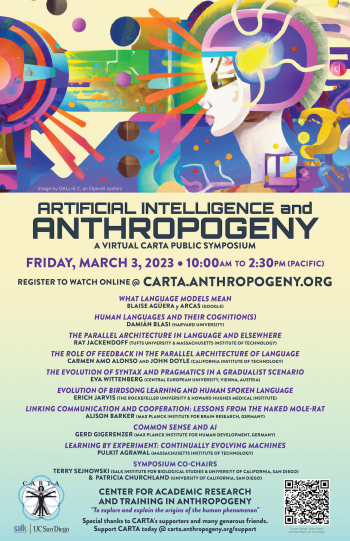Artificial Intelligence and Anthropogeny
Terry Sejnowski, Salk Institute for Biological Studies
Patricia Churchland, University of California, San Diego
Summary:
The origin of humans is a difficult scientific problem in evolution that is grounded in biology and molded by culture. Recent advances in neuroscience and artificial intelligence have led to synergies and surprising new hypotheses. Mysteries such as the origin of language and human sociality are being illuminated by these advances.
This symposium will be explored by researchers at the frontiers of A.I., machine learning, language and sociality.
Media for each talk can be played by clicking on icons in the table below, or by clicking on the individual talk titles below and then the attachment file at the bottom of the page.
| Speakers | Media | Session |
|---|---|---|
 Pascal Gagneux 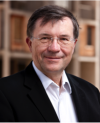 Terry Sejnowski |
|
Welcome & Opening Remarks |
 Blaise Agüera y Arcas |
|
What Language Models Mean Large language models (LLMs) have now achieved many of the longstanding goals of the quest for generalist AI, and they have done so with large-scale, neurally inspired, attention-enabled, unsupervised machine learning, as opposed to the code- and rule-based approaches that have repeatedly failed over the past half century. While LLMs are still very imperfect (though rapidly improving) in areas like factual grounding, planning, reasoning, safety, memory, and consistency, they do understand... read more |
 Damián Blasi |
|
Human Languages and Their Cognition(s) The emergence of language is routinely regarded as a major (or even the main) evolutionary transition in our species’ history. Much less attention and awe has been dispensed to the fact that humans evolved the capacity to successfully create, learn, and use a myriad of different languages which, while similar in some aspects, are radically different in many others. In this presentation, I will argue that these differences have observable consequences for non-linguistic aspects of cognition and... read more |
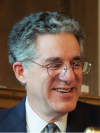 Ray Jackendoff |
|
The Parallel Architecture in Language and Elsewhere The Parallel Architecture is a theory of the mental representations (or “data structures”) involved in the language faculty. These representations are organized in three orthogonal dimensions or levels: phonology (sound structure), syntax (grammatical structure), and semantics (conceptual structure or meaning), correlated with each other through interface links. Words are encoded in all three levels and serve as part of the interface between sound and meaning. In the representation of an entire... read more |
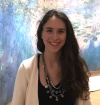 Carmen Amo Alonso  John Doyle |
|
The Role of Feedback in the Parallel Architecture of Language Feedback interconnections are widespread in the brain; yet clear explanations for most of them are currently lacking. We explore current experimental evidence on the relationship between the auditory and motor parts of the brain during speech perception and production, and we propose a simple internal feedback model between the motor system and the auditory system that explains experimental observations. These models provide a plausible explanation for how the structure of language, as... read more |
 Eva Wittenberg |
|
The Evolution of Syntax and Pragmatics in a Gradualist Scenario No account of how people understand language would be complete without an account of pragmatics, the study of how people understand jokes, insinuations, novel metaphors, or subtle nudges — all the meanings beyond the literal meaning that makes our social interactions entertaining, infuriating, creative, or polite, and that pose so much of a headache to developers of artificial systems. But how did language evolve to efficiently relay so much pragmatic trickery? Here, I present a new paper that... read more |
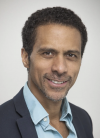 Erich Jarvis |
|
Evolution of Birdsong Learning and Human Spoken Language Vocal learning is one of the most critical components of spoken language. It has only evolved several independent times among mammals and birds. Although all vocal learning species are distantly related and have closer relatives that are non-vocal learners, humans and the vocal learning birds have evolved convergent forebrain pathways that control song and speech imitation and production. Here I will present an overview of the various biological hypothesis of what makes vocal learning and... read more |
 Alison Barker |
|
Linking Communication and Cooperation: Lessons from the Naked Mole-Rat Highly organized social groups require well-structured and dynamic communication systems. Naked mole-rats form some of the most rigidly structured social groups in the Animal Kingdom, exhibiting eusociality, a type of highly cooperative social living characterized by a reproductive division of labor with a single breeding female, the queen. Recent work from our group identified a critical role for vocal communication in the organization and maintenance of naked mole-rat social groups. Using... read more |
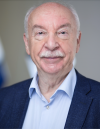 Gerd Gigerenzer |
|
Common Sense and AI Common sense is shared knowledge about people and the physical world, enabled by the biological brain. It comprises intuitive psychology, intuitive physics, and intuitive sociality. Unlike deep neural networks, common sense requires only limited experience. Human intelligence has evolved to deal with uncertainty, independent of whether big or small data are available. Complex AI algorithms, in contrast, work best in stable, well-defined situations such as chess and Go, where large amounts of... read more |
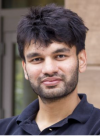 Pulkit Agrawal |
|
Learning by Experiment: Continually Evolving Machines Evolution always presented life forms with new challenges -- due to changes in weather, terrain, competition between different organisms, and other reasons. To increase the chance of survival, instead of solely optimizing current performance, it is in an agent's interest to maximize its ability to adapt to changes. Possibly this old evolutionary trait manifests itself in modern humans in their ability to adapt to new tasks and challenges quickly. Even if we consider a lifetime of a human, the... read more |
 All Speakers  Patricia Churchland  Katerina Semendeferi |
|
Question & Answer Session and Closing Remarks |
| Attachment | Size |
|---|---|
| 89.05 KB | |
| 587.62 KB | |
| 777.59 KB |
If you enjoy this event, please consider supporting CARTA's quest to explore and explain the human phenomenon.
